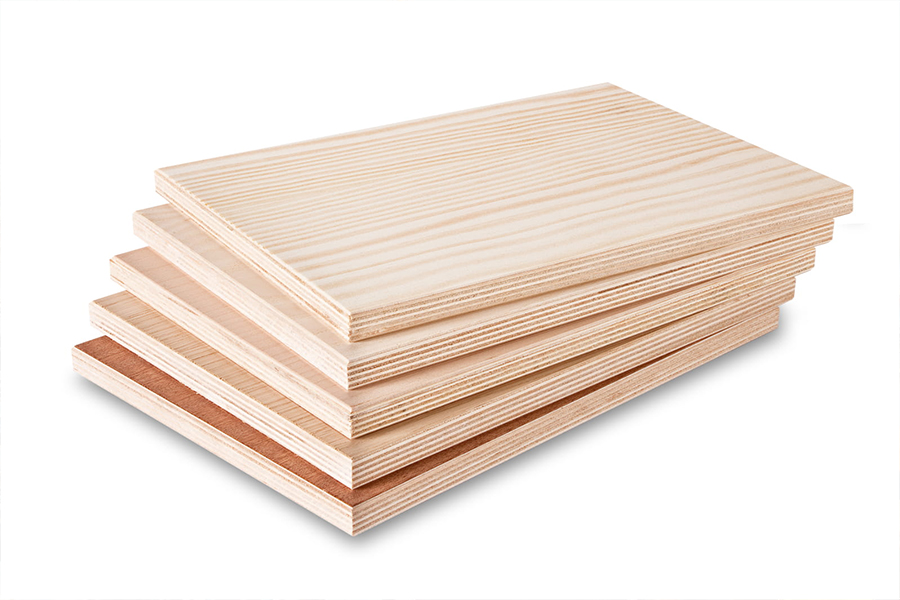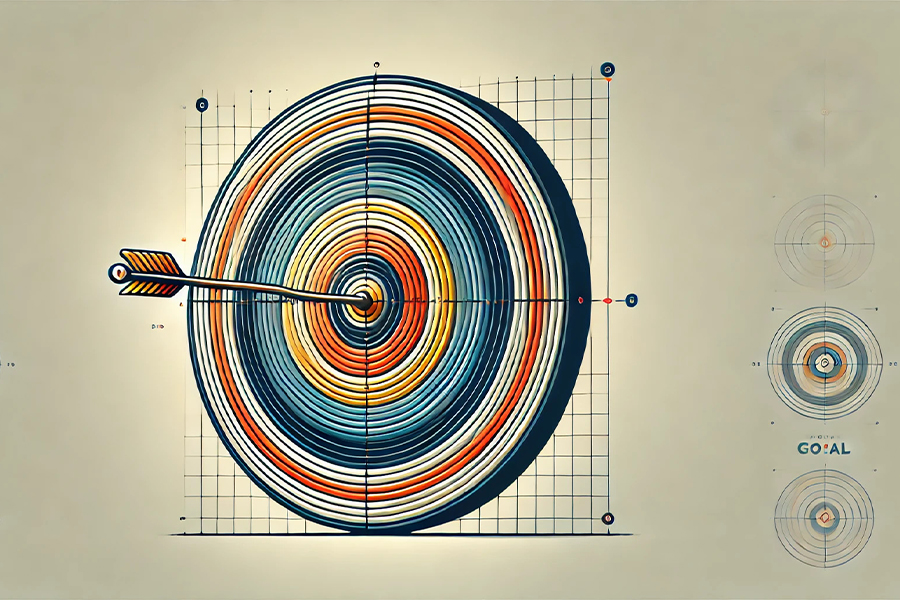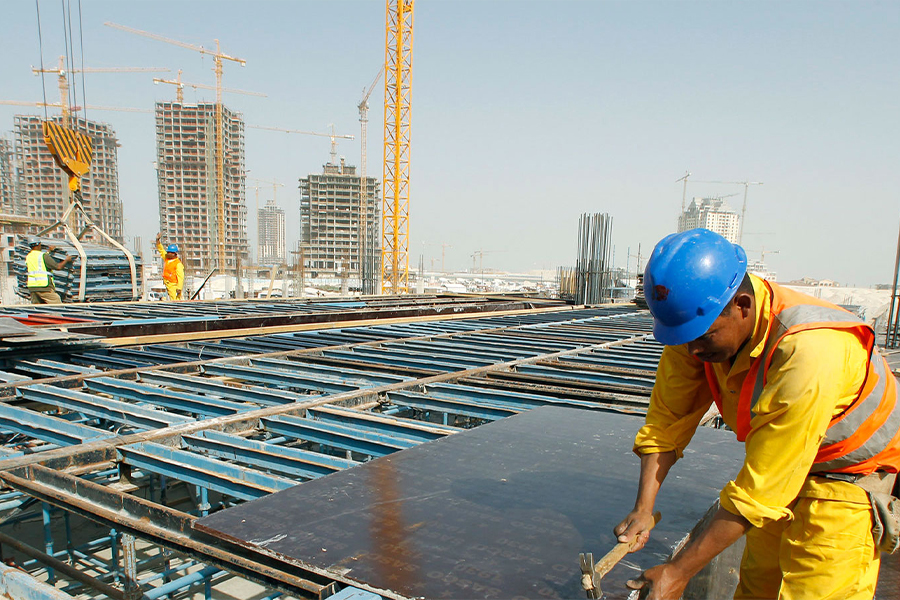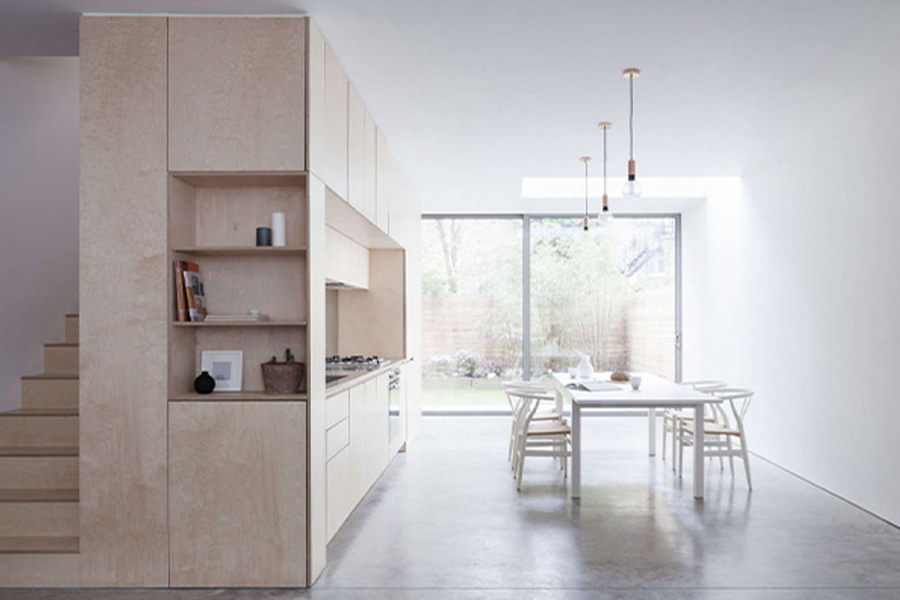Your Local and Global Partner in Plywood Solutions

Plywood Veneer Types and Aesthetic Contributions
Plywood is a material known for its durability and versatility, but it also offers a wide range of aesthetic options. Veneer types significantly change the appearance and feel of plywood, making it both functional and visually appealing. In this article, we will examine the different types of plywood veneers and their aesthetic contributions.
Plywood Veneer Types
Natural Wood Veneers
Reconstituted Veneers
Colored Veneers
Laminated Veneers
Aesthetic Contributions
Visual Variety
Plywood veneers offer a wide range of colors, textures, and patterns, allowing them to fit any interior design. Natural wood veneers bring the beauty of nature indoors, while colored and laminated veneers provide a modern and vibrant aesthetic.
Warmth and Natural Appeal
Wood veneers add warmth and a natural feel to spaces. The natural grain structure of wood creates a visually rich and inviting atmosphere.
Luxury and Sophisticated Look
Veneers such as walnut, cherry, and oak add a luxurious and sophisticated atmosphere to a space. They are particularly favored in high-quality furniture and interior designs.
Modern and Stylish Designs
Lacquered and melamine veneers are ideal for modern and stylish designs. Glossy surfaces add a sense of freshness and a contemporary aesthetic to spaces.
Durability and Longevity
Laminated veneers, in addition to their aesthetic appearance, also offer durability. Resistant to scratches, impacts, and chemicals, these veneers provide long-lasting, low-maintenance surfaces.
Plywood veneers offer numerous advantages in both functionality and aesthetics. With options ranging from the warmth of natural wood veneers to the vibrancy of colored veneers, plywood can adapt to any interior design. Its durability, long lifespan, and aesthetic variety make plywood an ideal material for both professional designers and DIY enthusiasts.
Plywood is a multi-layered wooden material obtained by gluing thin wooden layers obtained from various tree species, perpendicular to e
Plywood has become an indispensable material in the construction industry with its durability, flexibility and versatility.
The durability, aesthetics and workability of the materials used in furniture making are extremely important.



